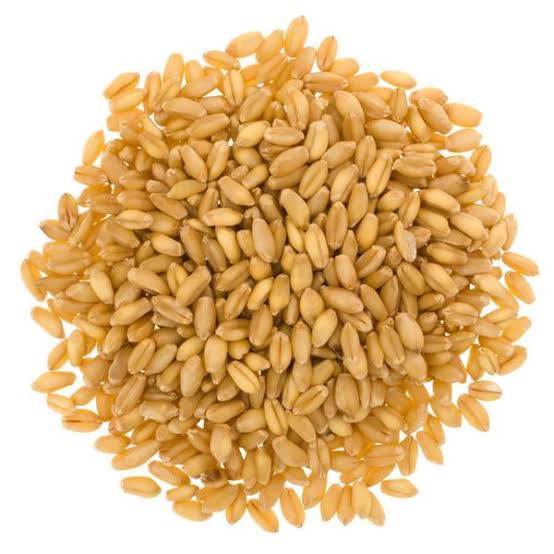Cereals
Domestic Production: As one of the major cereals produced in Ethiopia, wheat accounts for 17.5% of major crops production (including oilseeds and pulses). Its end uses include consumption for food, animal feed and industrial raw material. The major types of wheat grown in Ethiopia consist of: Bread wheat, Durum wheat and Emmer wheat.
Product Varieties: Durum wheat, differentiated by its big size and weight is mainly suitable for pasta, macaroni, pastini and other manufacturing products.The improved varieties of Durum wheat include: DZ 04-118 (Arendet), DZ 04-668 (Maru), Kokerit 71, Jerardo, LD 357, Buhe, Foka, Klinto, Bichena, Tob 66 (arsi robe), Quami, Assassa, Robe, and Ginch.
Bread wheat, which comprises about half the area of wheat in the country, bears flour when broken and has a softer texture when compared to Durum wheat. This type of wheat is highly demanded by the agro-industries and is widely grown in high land and semi-highland parts of the country; specifically, Arsi, Bale, Western Shoa, Eastern Shoa, Northern Shoa, Kembata, Hadya, Alaba, Gojam, North and South Gonder, North Wollo and Tigray Regions. The improved varieties of bread wheat include: Dereselign, k-6290-Belik, k-6295-4A, ET 13, Paven 76, Mitike (HAR 1709), Wabe (HAR 710), Kubsa (HAR 1685), Galema (HAR 604), Abol (HAR 1522), Megal (HAR 1595), Tuse (HAR 1407). There are also other varieties of bread wheat that are in the process of being disseminated to farmers. This includes: Ktar (HAR 1899), Tura (HAR 1775), Simba (HAR 2536), Hawi (HAR 2501), Dodota (HAR 2508), Watera (HAR 1920), Shena (HAR 1868), Meda welabu (H1480AR), Sof Omar (HAR 1889), Sirbo (HAR 2192), Dure (HAR 1008), Guna (HAR 20292029), and KBG-0 (FH-1-7A). On the other hand, Emmer wheat /Aja/ has a double-coated outer layer. It is mainly grown in Arsi, Bale, west Shoa, east Shoa, north and south Wollo and other areas having similar agro ecological conditions.
Domestic Production: In 2005/06, the volume of main season production of wheat was 2.4 million tons with the lion’s share of wheat production in the country originating from Oromia (59%), Amhara (27%) and SNNPR (9%). The main season yield for wheat, for the period 1998/99-2005/06, ranged from a low of 1.08 mt/hectare to a high of 1.67mt/hectare. During this period, wheat yield levels averaged 1.36 mt/hectare.
Commercialization: Excluding the volume of grain set aside for consumption, 28% of total grain production (including oilseeds and pulses) is marketed, of which 15.4% percent is accounted for by wheat. Crop utilization survey data shows that, of the total national production of wheat, 59.27% was utilized for household consumption, 19.54% for sale, while the balance was used for seed, wage in kind, animal feed and other uses.
Domestic Trade structure/characteristics: In general, the commercial grain supplies mainly come from the production of small farmers, private commercial farmers, state farmers, imports and food aid. The market participants in Wheat trade include producers (small holders and commercial farms), wholesalers, retailers, part-time farmer- traders, brokers, agents, assemblers, processors, cooperatives, EGTE, and consumers.

